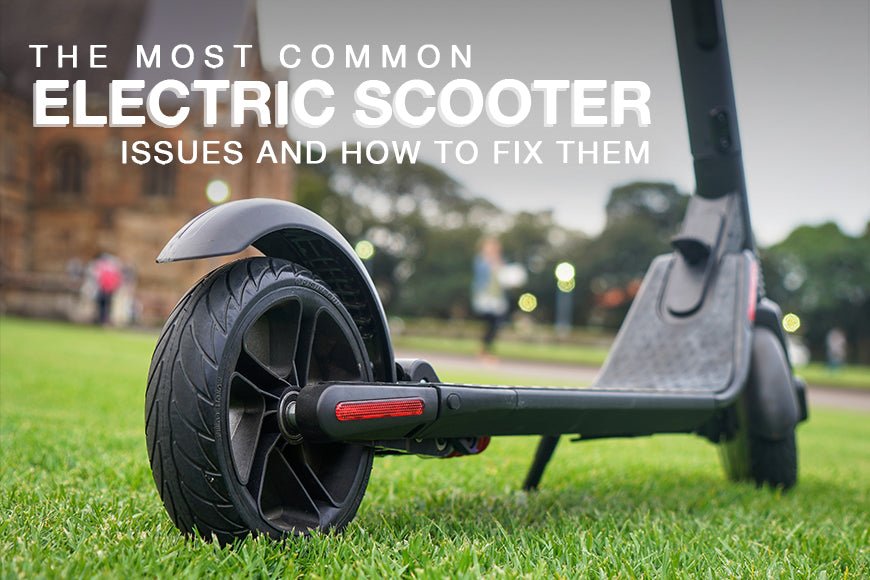Electric scooters are a fun and eco-friendly mode of transportation. However, one common issue that many users face is a dying battery. Understanding the reasons behind this can help you take better care of your scooter. Let’s dive into the common causes and solutions.

Credit: m.youtube.com
Common Causes of a Dying Electric Scooter Battery
1. Old Or Worn-out Battery
Over time, electric scooter batteries lose their ability to hold a charge. If your scooter is old, the battery might be worn out. Batteries have a limited number of charge cycles, and after many cycles, they start to degrade.
2. Charging System Issues
If your scooter’s charging system is faulty, the battery might not be getting charged properly. This includes the charger, charging port, and internal components that manage charging. It’s essential to check that all parts are working correctly.
3. Parasitic Drain
Parasitic drain refers to the battery losing charge even when the scooter is not in use. This can happen due to accessories left on or internal components that draw power. Always ensure that the scooter is turned off when not in use.
4. Improper Charging Habits
Improper charging habits can significantly affect battery life. Overcharging or letting the battery deplete completely can harm its lifespan. Always use the correct charger and follow the manufacturer’s guidelines.
5. Temperature Extremes
Extreme temperatures can affect battery performance. Very high or low temperatures can degrade the battery and reduce its efficiency. Store your scooter in a cool, dry place when not in use.
How to Diagnose and Fix Battery Issues
1. Check The Battery
The first step is to check the battery. Look for signs of wear and tear, such as bulging or leaking. If the battery looks damaged, it’s time to replace it.
2. Test The Charging System
Make sure the charger and charging port are working correctly. You can test the charger with a multimeter to ensure it’s delivering the correct voltage. Also, check the charging port for any dirt or damage.
3. Diagnose Parasitic Drain
To check for parasitic drain, disconnect the battery and measure the current draw. If there’s a significant current draw, it indicates a parasitic drain. You might need professional help to identify the exact cause.
4. Follow Proper Charging Practices
- Avoid overcharging the battery.
- Don’t let the battery deplete completely.
- Use the correct charger for your scooter.
- Charge the battery before storing the scooter.
5. Store In Ideal Conditions
Store your scooter in a cool, dry place. Avoid exposing it to extreme temperatures. If storing for a long period, charge the battery periodically to maintain its health.
How to Extend Battery Life
Extending the battery life of your electric scooter involves a combination of proper maintenance and smart usage. Here are some tips:
1. Regular Maintenance
Check the battery and charging system regularly. Clean the charging port and ensure all connections are secure.
2. Smart Riding
Avoid riding at high speeds for prolonged periods. High speeds drain the battery quickly and can reduce its lifespan.
3. Avoid Full Depletion
Try not to let the battery deplete completely before recharging. Keeping the battery between 20% and 80% can help extend its life.
4. Use The Right Charger
Always use the charger that came with your scooter or a compatible one. Using the wrong charger can damage the battery.
5. Temperature Management
Keep the battery within its optimal temperature range. Avoid exposing it to extreme heat or cold.

Credit: komaki.in
Conclusion
Understanding why your electric scooter battery keeps dying is crucial for maintaining its performance. By identifying the common causes and taking preventive measures, you can extend the battery life and enjoy a smoother ride. Regular maintenance, proper charging practices, and smart usage are key to keeping your scooter’s battery healthy.
Remember, if you encounter persistent issues, it’s always best to consult a professional. Taking good care of your electric scooter will ensure it serves you well for years to come.

